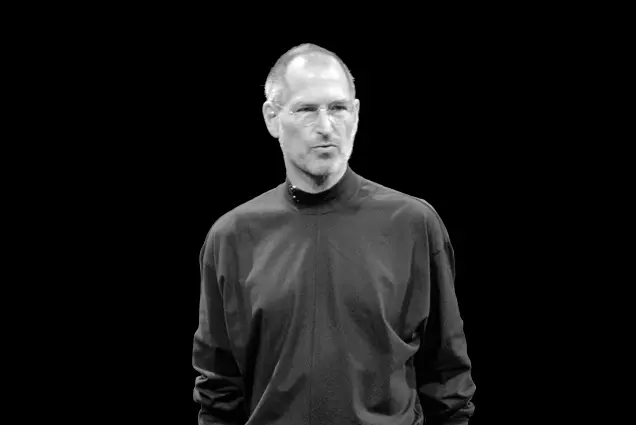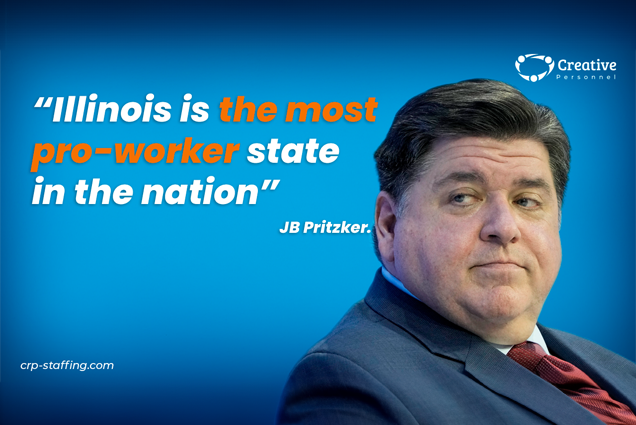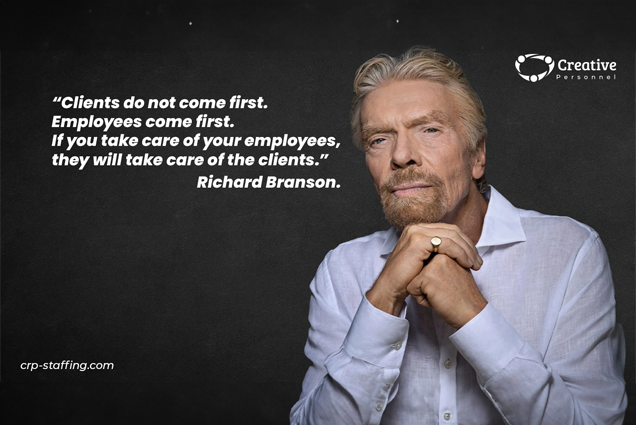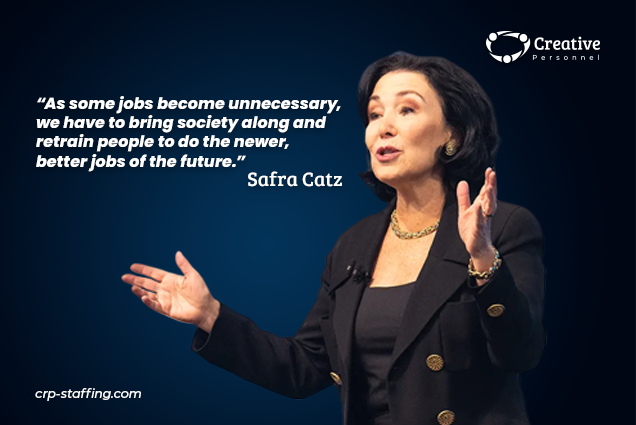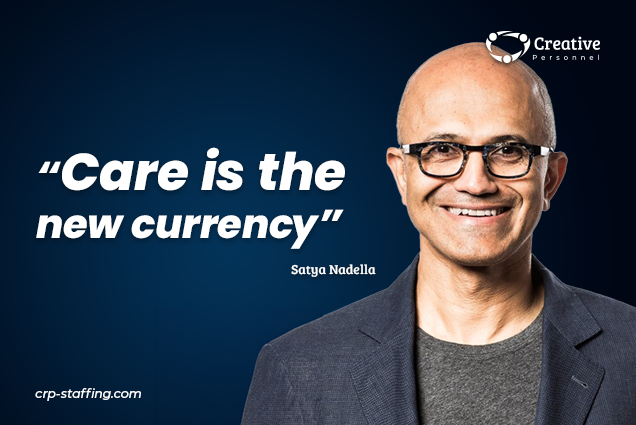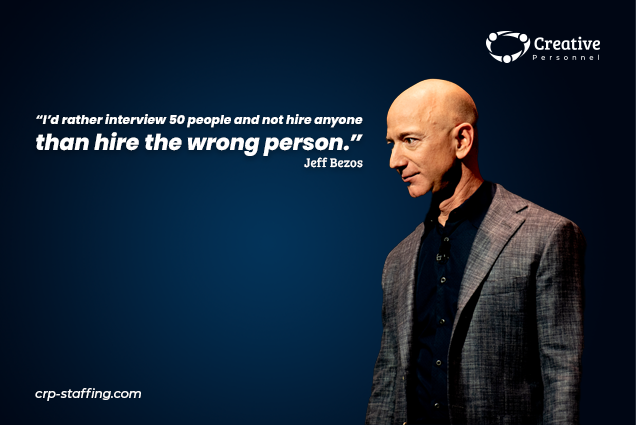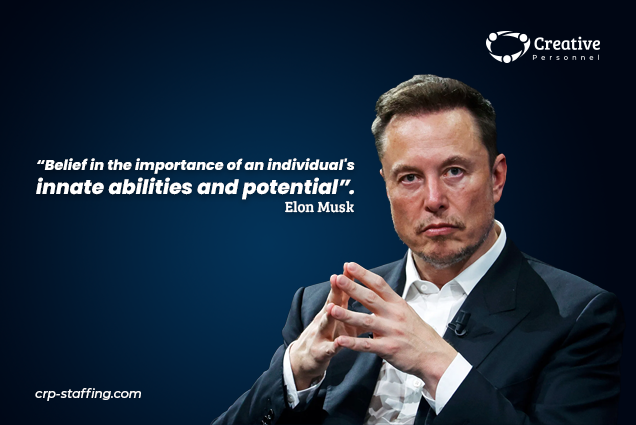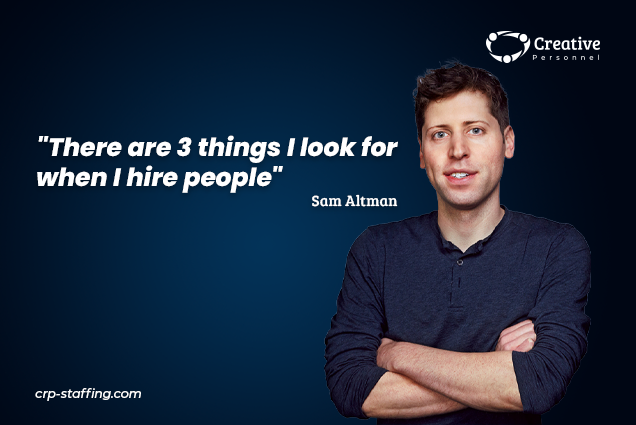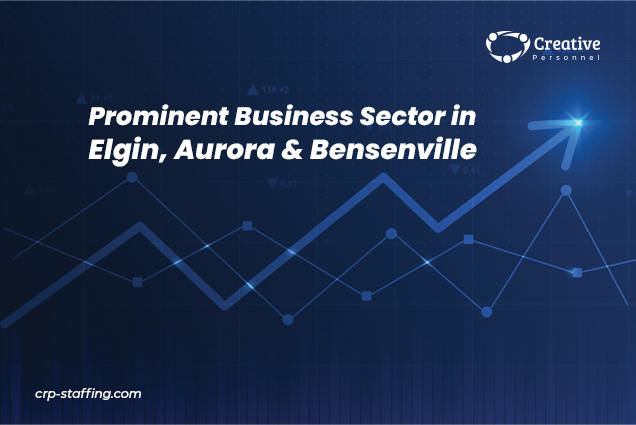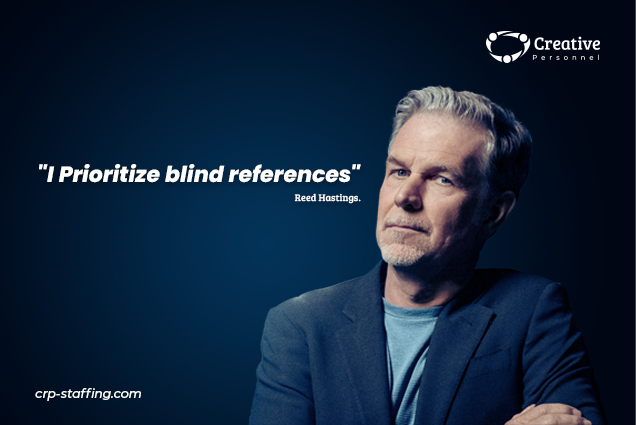How NVIDIA is leveraging AI?
Artificial intelligence (AI) is a field of computer science that focuses on the development of systems and technologies that can perform tasks that typically require human intelligence. This includes activities such as speech recognition, visual perception, decision-making, learning, and problem-solving. AI encompasses a wide range of techniques and approaches, from machine learning algorithms and neural networks to expert systems and natural language processing.
The goal of artificial intelligence is to create systems that can “think” similarly to humans, or at least perform specific tasks intelligently and efficiently. This is achieved through the development and application of algorithms and models that enable machines to process large amounts of data, learn from it, and make decisions or take actions based on that learning. Artificial intelligence has applications in a wide variety of fields, including medicine, automotive, industry, commerce, education, and many more.
Although it may seem that Artificial Intelligence has only been implemented with ChatGPT, the development of images and sounds, among other things, the reality is that it has a deeper use. This is where NVIDIA comes into play, as NVIDIA is a multinational technology company primarily known for its development of graphics processing units (GPUs) for applications in gaming, professional visualization, data centers, and mobile devices, among others. In addition to GPUs, Nvidia also manufactures embedded systems, mobile devices, and cloud computing products. The company has been a pioneer in technologies such as artificial intelligence and machine learning, leveraging its GPUs to accelerate these fields. Its impact on the technology industry has been significant, especially in areas such as advanced computer graphics and processing acceleration for various applications.
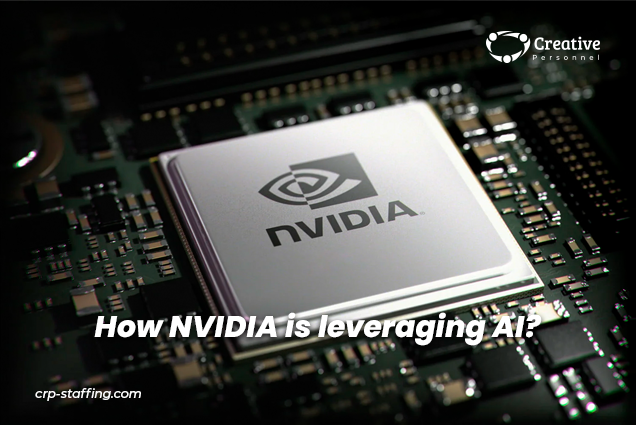
What’s AI Computing?
AI computing is the math-intensive process of calculating machine learning algorithms, typically using accelerated systems and software. It can extract fresh insights from massive datasets, learning new skills along the way.
It’s the most transformational technology of our time because we live in a data-centric era, and AI computing can find patterns no human could.
For example, American Express uses AI computing to detect fraud in billions of annual credit card transactions. Doctors use it to find tumors, finding tiny anomalies in mountains of medical images.
Use Cases for AI Computing
Cars, Factories and Warehouses
Car makers are embracing AI computing to deliver a smoother, safer driving experience and deliver smart infotainment capabilities for passengers.
Mercedes-Benz is working with NVIDIA to develop software-defined vehicles. Its upcoming fleets will deliver intelligent and automated driving capabilities powered by an NVIDIA DRIVE Orin centralized computer. The systems will be tested and validated in the data center using DRIVE Sim software, built on NVIDIA Omniverse, to ensure they can safely handle all types of scenarios.
At CES, the automaker announced it will also use Omniverse to design and plan manufacturing and assembly facilities at its sites worldwide.
BMW Group is also among many companies creating AI-enabled digital twins of factories in NVIDIA Omniverse, making plants more efficient. It’s an approach also adopted by consumer giants such as PepsiCo.
Inside factories and warehouses
Autonomous robots further enhance efficiency in manufacturing and logistics, many are powered by the NVIDIA Jetson edge AI platform and trained with AI in simulations and digital twins using NVIDIA Isaac Sim.
Securing Networks, Sequencing Genes
The number and variety of use cases for AI computing are staggering. Cybersecurity software detects phishing and other network threats faster with AI-based techniques like digital fingerprinting.
In healthcare, researchers broke a record in January 2022 sequencing a whole genome in well under eight hours thanks to AI computing. Their work could lead to cures for rare genetic diseases.
AI computing is at work in banks, retail shops and post offices. It’s used in telecom, transport and energy networks, too.
As today’s AI computing techniques find new applications, researchers are inventing newer and more powerful methods.
Another powerful class of neural networks, diffusion models, became popular in 2022 because they could turn text descriptions into fascinating images. Researchers expect these models will be applied to many uses, further expanding the horizon for AI computing.
Healthcare
The world’s leading organizations are equipping their doctors and scientists with AI, helping them transform lives and the future of research. With AI, they can tackle interoperable data, meet the increasing demand for personalized medicine and next-generation clinics, develop intelligent applications unique to their workflows, and accelerate areas like image analysis and life science research. Uses cases include:
Pathology. Each year, major hospitals take millions of medical scans and tissue biopsies, which are often scanned to create digital pathology datasets. Today, doctors and researchers use AI to comprehensively and efficiently analyze these datasets to classify a myriad of diseases and reduced mistakes when different pathologists disagree on a diagnosis.
Patient care. The challenge today, as always, is for clinicians to get the right treatments to patients as quickly and efficiently as possible. This is more of an acute need in intensive care units. There, doctors using AI tools can leverage hourly vital sign measurements to predict eight hours in advance whether patients will need treatments to help them breathe, blood transfusions, or interventions to boost cardiac functions.
Retail
An Accenture report estimates that AI has the potential to create $2.2 trillion worth of value for retailers by 2035 by boosting growth and profitability. As it undergoes a massive digital transformation, the industry can increase business value by using AI to improve asset protection, deliver in-store analytics, and streamline operations.
Demand prediction. With over 100,000 different products in its 4,700 U.S. stores, the Walmart Labs data science team must predict demand for 500 million items-by-store combinations every week. By performing forecasting with the NVIDIA RAPIDS™ suite of open-source data science and machine learning libraries built on NVIDIA CUDA-X™ AI and NVIDIA GPUs, the Walmart team is able to engineer machine learning features 100X faster and train algorithms 20X faster.
AiFi is currently pilot testing NanoStore, their 24/7, autonomous, checkout-free store, with retail giants and universities. NanoStores hold over 500 different products and use image recognition, powered by NVIDIA T4 Tensor Core GPUs, to capture merchandise choices and add those to the customer’s tab.
Telecommunications
AI is opening up new waves of communication in the telecommunications industry. By tapping into the power of GPUs and the 5G network, smart services can be brought to the edge, simplifying deployment and enabling them to reach their full potential.
2Hz, Inc., is bringing clarity to live calls with noise-suppression technology powered by NVIDIA T4 and V100 GPUs. 2Hz’s deep learning algorithms scale up to 20X more than CPUs, and by running NVIDIA® TensorRT™ on GPUs, 2Hz meets the 12 millisecond (ms) latency requirement for real-time communications.
5G will deliver multiple computing capabilities, including gigabit speeds with latencies under 20ms. This has led the Verizon Envrmnt team to deploy powerful NVIDIA GPUs to beef up Verizon’s high-performance computing operations and create a distributed data center. 5G will also enable devices to become thinner, lighter, and more battery efficient, opening the door to memory-intensive parallel processing that can power rendering, deep learning, and computer vision.
Financial Services
AI solutions have found a welcoming home in the dynamic world of financial services, with scores of established and startup vendors rushing these solutions to market. The most popular applications to date include:
Portfolio management and optimization. Historically, calculating portfolio risk has been a largely manual and therefore extremely time-consuming process. Using AI, banks can undertake highly complex queries in seconds without having to move sensitive data.
Risk management. Like portfolio management, risk management calculations are often done in batch overnight, resulting in lost opportunities that occur 24/7. AI tools can calculate risk using available data virtually in real-time, resulting in increased portfolio performance and improved customer experience.
Fraud detection. With the ability to ingest tidal volumes of data and search instantly for anomalies, AI solutions can then flag suspect patterns and trigger specific actions.
Industrial
One of the most common AI use cases is the crunching of enormous data streams from various IoT devices for predictive maintenance. This can pertain to the monitoring of the condition of a single piece of equipment, such as an electrical generator, or of an entire manufacturing facility like a factory floor. AI systems harness data not only gathered and transmitted from the devices, but also from various external sources, such as weather logs. Major railways use AI to predict failures, applying the fixes before failure occurs—thereby keeping the trains running on time. AI predictive maintenance on factory floors has been shown to reduce production line downtimes dramatically.
Discover the Future with Creative Personnel: Join the AI Revolution!
Are you ready to be at the forefront of the AI revolution? As AI continues to transform industries, now is the time to leverage your skills and expertise with Creative Personnel.
Join us in partnering with companies like Nvidia, pioneers in AI computing, to shape the future of technology. From revolutionizing industries like automotive with smart vehicles to enhancing healthcare with faster genome sequencing, AI is driving innovation across the board.
Whether you’re a seasoned AI professional or looking to break into this exciting field, Creative Personnel has the opportunities you need to thrive. Let’s harness the power of AI together and create a brighter, smarter future.
“Care Is The New Currency.”
– Safra Catz
“Focus On The Success Of Others.”
– Sundar Pichai
“Connecting the Dots Isn’t Enough”
– Shantanu Narayen
“Prioritize Blind References”
– Reed Hastings
Connect with us today to explore how we can partner with you in unlocking the full potential of your workforce.
Explore our latest AI-centric roles today and be part of the revolution!
#HiringExcellence #TeamBuilding #StartupCulture #Leadership #Innovation #CareerGrowth #TechTalent #WorkplaceDynamics #SmartHiring #ProductivityBoost #CulturalFit #ai #leadership #leadershipdevelopment #leadershipquotes #leadershipskills #leadershipcoaching #quotes #quotestoliveby #quotesdaily #joboffer #jobs #job #offer #vacancy #hiring #highskilledjobs
Sources:
What is Artificial Intelligence? (s. f.). NVIDIA Data Science Glossary. https://www.nvidia.com/en-us/glossary/artificial-intelligence/

